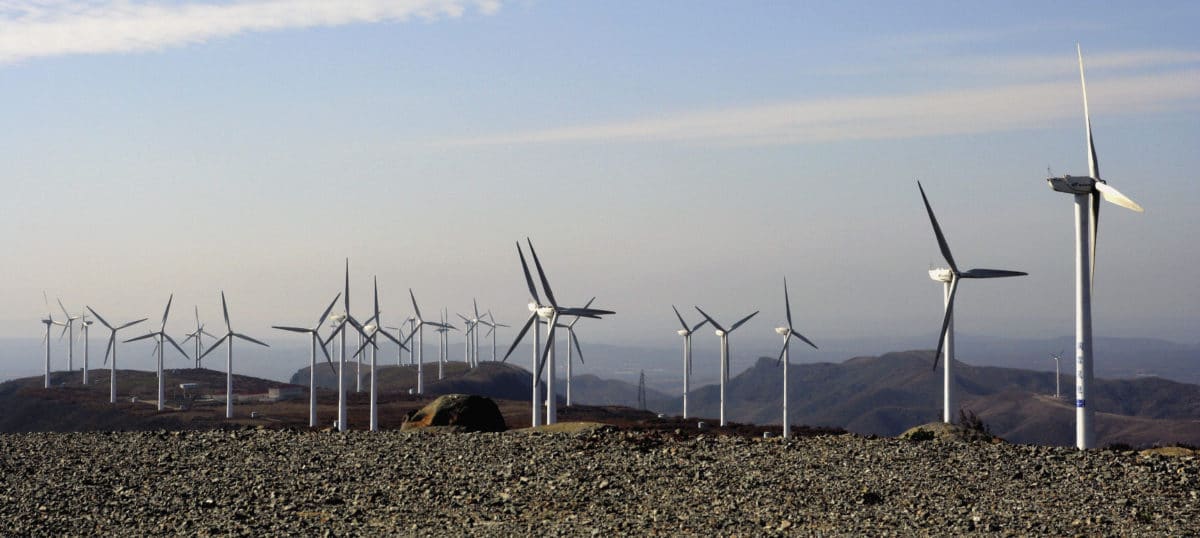From pv magazine Global
Policy interventions will be crucial for ensuring that the market value of solar and wind will not decrease significantly in the future and CO2 pricing is the best available tool to ensure that they will not end up cannibalising their own revenues.
These are the main conclusions of a study conducted by researchers from the Chalmers University of Technology in Sweden and the Technische Universität Berlin in Germany, in which its authors claim that, if CO2 prices are used as policy incentives for solar and wind instead of common renewable portfolio standards, feed-in tariffs or feed-in premium payments, both renewable energy sources may maintain a sufficient market value to keep attracting investments. “We demonstrate that this holds in a power system model even at a penetration of solar and wind above 80%, which is much higher than is usually considered in the market value literature,” the scientists stated.
In their view, the conventional incentive policies tend to depress market prices, as they offer compensation outside of the market, while CO2 price policies do exactly the opposite, as they encourage low-emission generators to participate in the market, especially when power plants based on fossil-fuel generators are operating. “For the CO2 policy, consumers pay more than the generation cost, since they must also pay for CO2 emissions according to the prevailing CO2 price,” the Swedish-German group emphasised. “Both the costs of the variable renewable energy subsidies and the revenues from the CO2 tax can be passed on to consumers, so that consumers only pay the average system cost in the end, thereby evening out the difference between the policy regimes from the consumers’ perspective.”
In order to prevent the materialisation of a cannibalisation and zero profit scenario, and to reduce curtailment of renewables, flexibility options should be introduced in the energy systems. These include the deployment of new grid capacity, battery storage and green hydrogen, the cost of which should be included in a total system cost perspective, which the researchers consider a better approach than considering only the LCOE of the single renewable energy technologies to assess the potential loss of market value of renewables.
The academics described the declining market value of renewable energy power generation assets as a side effect of a technology-specific support policy and said that the total system cost approach offers the advantage of calculating this value regardless of the individual market structure. “By showing the strong dependence of market value on policy choice, we have thus resolved the apparent contradiction between the literature showing market value decline with penetration under support policies, and the literature showing that high penetrations of VRE can be cost-effective under CO2 policies,” they concluded.
Their model is presented in the paper “Decreasing market value of variable renewables can be avoided by policy action,” published in Energy Economics.
This content is protected by copyright and may not be reused. If you want to cooperate with us and would like to reuse some of our content, please contact: editors@pv-magazine.com.









Readers here might be interested in following the conversation occurring about this article on LinkedIn – including my comments there:
https://www.linkedin.com/feed/update/urn:li:activity:6815373020664881154?commentUrn=urn%3Ali%3Acomment%3A%28activity%3A6815373020664881154%2C6815415521501163520%29&replyUrn=urn%3Ali%3Acomment%3A%28activity%3A6815373020664881154%2C6815485762751086592%29